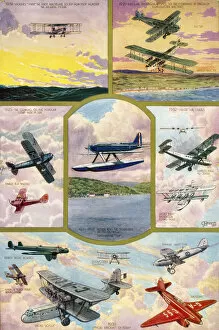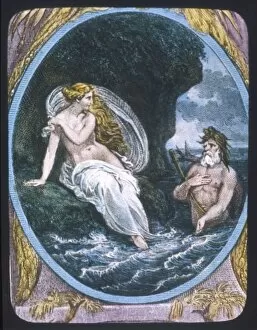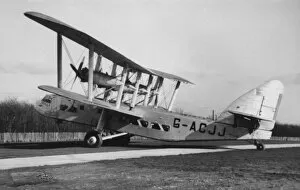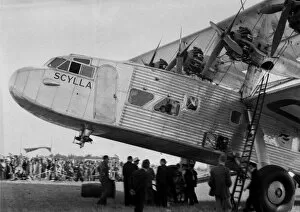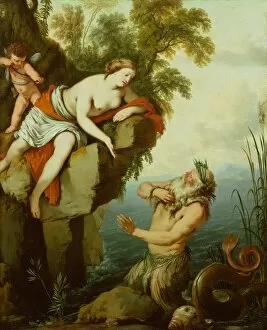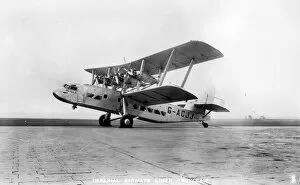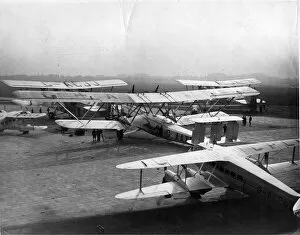Scylla Collection (page 2)
"Scylla: A Mythical Journey through Art and Aviation" Step into the enchanting world of Scylla, where ancient myths intertwine with modern aviation
All Professionally Made to Order for Quick Shipping
"Scylla: A Mythical Journey through Art and Aviation" Step into the enchanting world of Scylla, where ancient myths intertwine with modern aviation. Circe Invidiosa, a captivating painting by John William Waterhouse in 1892, sets the stage for this extraordinary tale. Imperial Airways takes center stage with their iconic poster showcasing four types of planes. Among them is the majestic Short L17 Scylla G-ACJJ, named after the mythical creature from The Odyssey. This powerful aircraft embodies both strength and grace as it soars through the skies. In a whimsical cartoon depiction, Britannia finds herself caught between Scylla and Charybdis - an allegory for life's challenging choices. Just like Odysseus navigating these treacherous waters, Imperial Airways ensures safe passage aboard their dependable fleet. The service aboard Short L17 Scylla G-ACJJ is nothing short of luxurious. Passengers are treated to an experience fit for gods and goddesses in the Imperial Airways Scylla Air Liner Saloon. With its opulent interiors and impeccable service, every journey becomes a memorable adventure. At the heart of this narrative lies Circe - a bewitching sorceress who captivates all who encounter her magic. Her presence resonates even in Ancient Etruscan chimera sculptures that depict fantastical creatures reminiscent of her powers. The Letter U chromolitho adds another layer to our story as it showcases intricate designs resembling mythical creatures intertwined within its form. It serves as a reminder that art has always been inspired by legends such as Scylla. Finally, we cannot overlook the significance of four Bristol Jupiter engines powering Imperial Airways' flagship liner - each representing strength and reliability on every flight taken by Scylla passengers. Embark on your own mythological odyssey with "Scylla, " where art merges seamlessly with aviation to create a world of wonder and adventure.

